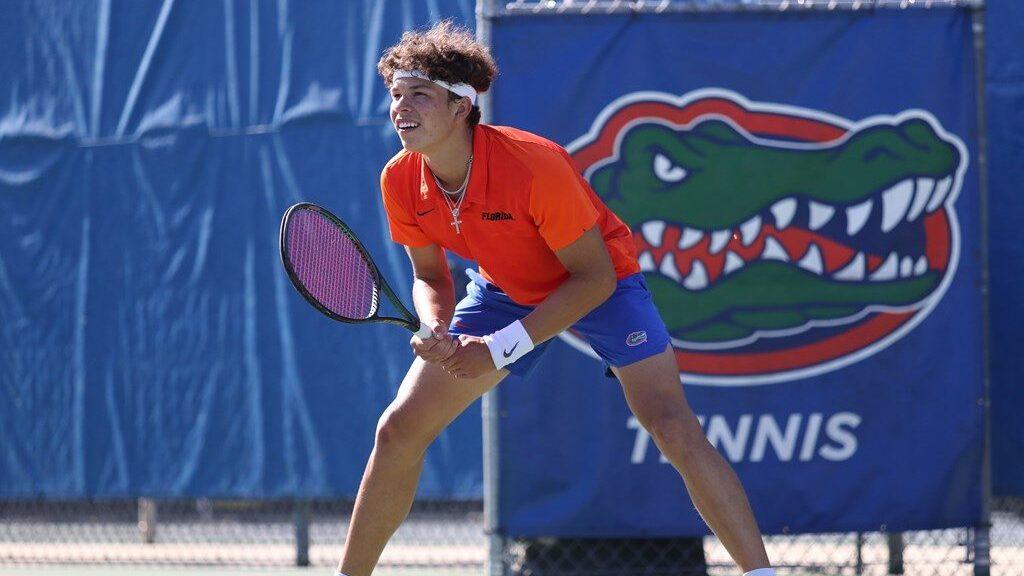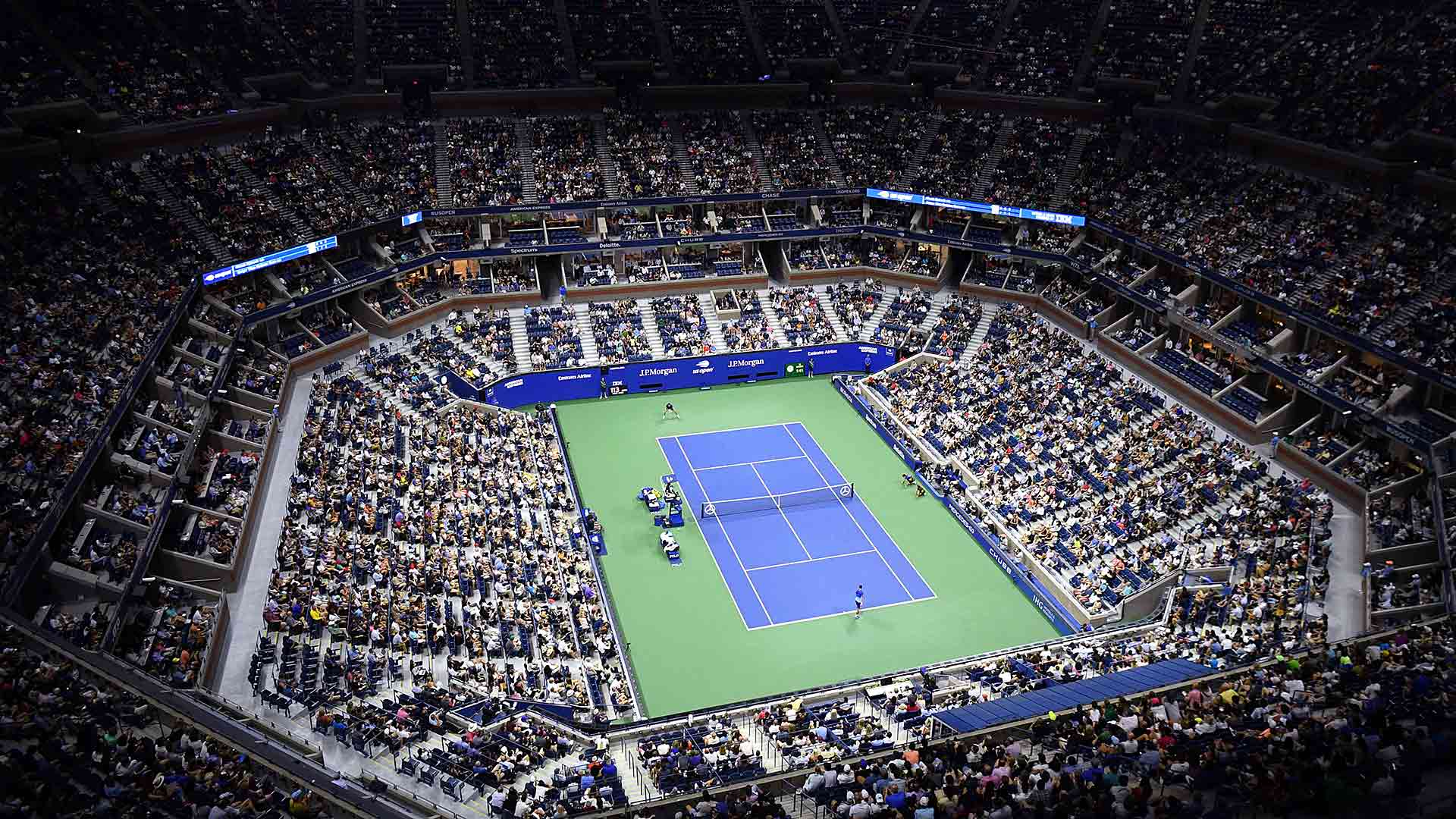Throughout history, college tennis has stood as a gateway to professional success on the courts, and in recent years has gained significant traction.
In earlier eras, the likes of tennis icons John McEnroe (Stanford), Billie Jean King (Cal State LA), Arthur Ashe (UCLA), Althea Gibson (Florida A&M), and Stan Smith (USC) all honed their skills at the collegiate level. After them, players such as James Blake (Harvard) and the Bryan brothers (Stanford) have continued this tradition, which has taken on heightened importance in the last decade.
On June 28th of 2023, a total of 17 former collegiate players were ranked within the top 100 rankings for singles (13 men and four women), with 26 individuals positioned within the Top 50 for doubles (18 men and eight women).
Ben Shelton is one of those players, and skyrocketed to world No. 35 this spring. Just under two years before his remarkable journey to the Australian Open quarterfinals this year, Shelton was representing the Florida Gators during the 2021 NCAA Division I Championships in Lake Nona, Florida. Reflecting on his time with the Gators, Shelton expressed, “I think college tennis is a great step to becoming a professional. You learn about playing for something bigger than yourself and you learn a lot of things off the court as well, outside of tennis. Just life skills that help you along the way. I really enjoyed my time in college and I think that it’s beneficial for everyone who goes.”
Perpetuating the tradition for American NCAA individual champions, three players secured main-draw wild cards for the 2023 US Open—Quinn for men’s singles, and Crawley and Tanguilig for women’s doubles. Martin Blackman (Stanford), the general manager of USTA Player and Coach Development, hailed the bestowal of wild cards upon this trio as emblematic of “the USTA’s ongoing commitment to fostering a pathway for our most accomplished American collegians at the NCAA Division I level.” This commitment has also bolstered players like Christopher Eubanks (Georgia Tech), who made quarterfinals at Wimbledon, J.J. Wolf (Ohio State), as well as fellow Americans such as John Isner (Georgia), Mackenzie McDonald (UCLA), Marcos Giron (UCLA), and Maxime Cressy (UCLA).

On the women’s front, former collegiate stars Danielle Collins (Virginia) and Jennifer Brady (UCLA) set a precedent for Emma Navarro (Virginia) and Peyton Stearns (Texas), who clinched the NCAA singles titles in 2021 and 2022, respectively, before swiftly ascending to the WTA’s Top 60 in the early stages of their professional journeys. Desirae Krawczyk (Arizona State), a four-time Grand Slam mixed doubles champion, stands as a Top 10 mainstay in the doubles category. Ask any of these players about their college experiences, and you’ll encounter several rationales of why this pathway set them up for success. Be it the on-campus coaching and resources, the period of growth as both a player and individual, the fiscal advantages, or the camaraderie of the team environment, the allure of collegiate tennis for aspiring professionals remains abundant.
Upon transitioning to the professional circuit last summer after consecutive NCAA team triumphs with the Longhorns, Stearns remarked, “No words can adequately convey how profoundly the team and staff have enriched my life. Throughout my two years at Texas, I forged a second family and established deep connections. The team and staff aided not only my growth as a tennis player but, more importantly, my development as an individual beyond the court.”
Do you more information about college tennis? Let us know! We would love to help you!






